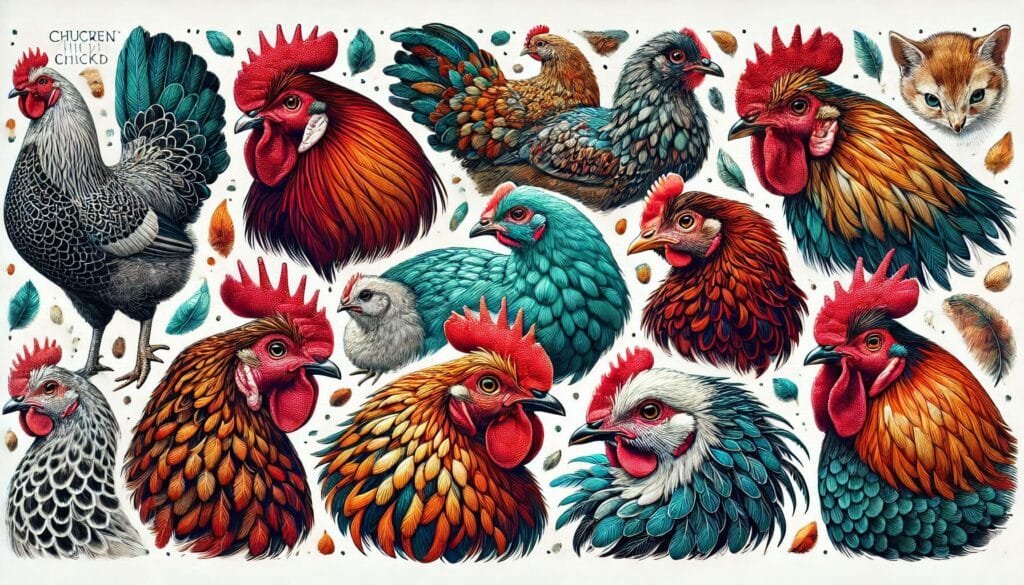Raising Layer Birds from Day-Old Chicks

1. Understanding Layer Birds
1.1 What Are Layer Birds?
Layer birds are female chickens raised primarily for egg production. They reach sexual maturity between 18 to 20 weeks of age and can lay eggs consistently for about a year or more.
1.2 Importance of Management Practices
Effective management practices can significantly impact the health and productivity of layer birds. Proper care leads to better egg quality and quantity, ultimately enhancing profitability.
2. Feeding Management
Feeding is one of the most critical aspects of raising layer birds. The right diet ensures optimal growth and egg production.
2.1 Starter Phase (0-6 Weeks)
- Feed Composition: Provide a starter feed with 18-20% protein. This high protein content supports rapid growth during the early weeks.
- Feeding Frequency: Ensure feed is available at all times to promote healthy growth.
For detailed feeding guidelines, visit Penn State Extension which offers insights on balanced rations.
2.2 Grower Phase (7-17 Weeks)
- Transition to Grower Feed: Switch to a grower ration containing about 16% protein as the chicks approach 8 weeks of age.
- Feeder Space: Ensure at least 2.5 inches of feeder space per bird to facilitate adequate access.
You can find more information on grower management in the Layer Management Guide.
2.3 Layer Phase (18 Weeks and Older)
- Layer Feed: Once the birds begin laying eggs, switch to a layer feed with 16-18% protein.
- Feeding Schedule: Feed layers twice daily, with each bird consuming approximately 110-125 grams of feed.
For more on feeding strategies, check out TNAU Agritech Portal.
3. Housing Management
Proper housing is vital for the comfort and health of layer birds.
3.1 Space Requirements
- Space Allocation: Provide at least 2.5 square feet per bird in the layer house.
- Litter Management: Maintain a litter depth of 3-4 inches using materials like pine shavings for absorbency.
For insights on housing systems, consider reading PMC which discusses various housing practices for laying hens.
3.2 Environmental Considerations
- Ventilation: Ensure proper ventilation through windows or fans to keep the environment dry and comfortable.
- Lighting: Gradually increase light exposure from 20 weeks until reaching about 16 hours per day.
For detailed information on managing laying hens under tropical conditions, visit Lohmann Breeders.
4. Health Management
Maintaining health is crucial for maximizing egg production.
4.1 Vaccination and Biosecurity
Implement a vaccination schedule against common poultry diseases such as Marek’s disease and Newcastle disease. Strict biosecurity measures prevent disease outbreaks by isolating layers from other poultry.
For comprehensive health management practices, refer to aviNews which covers essential health protocols for commercial layers.
4.2 Monitoring Health
Regularly assess the flock for signs of illness or distress, such as changes in behavior or egg production rates.
5. General Care Practices
General care practices enhance the well-being of your flock.
5.1 Water Supply
Provide fresh, clean water at all times, ensuring at least 1 inch of water space per bird. Clean waterers daily to prevent contamination.
5.2 Nesting Boxes
Install one nesting box for every four to five hens, ensuring they are clean and accessible.
Conclusion
Raising layer birds from day-old chicks requires careful attention to feeding, housing, health management, and general care practices. By implementing these strategies effectively, you can optimize egg production while ensuring the welfare of your flock.
More from Livestock Production and Management:
https://wiseias.com/economic-rations-for-goats/






Responses